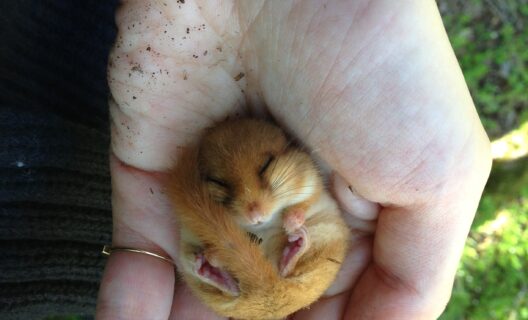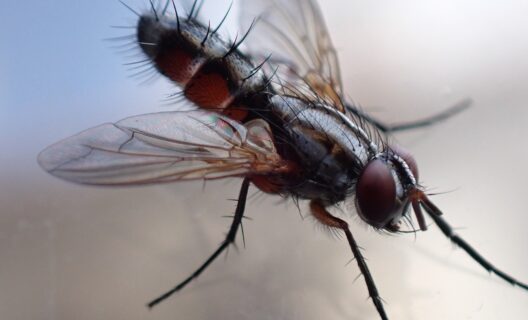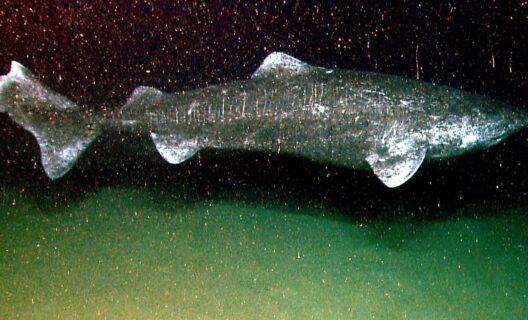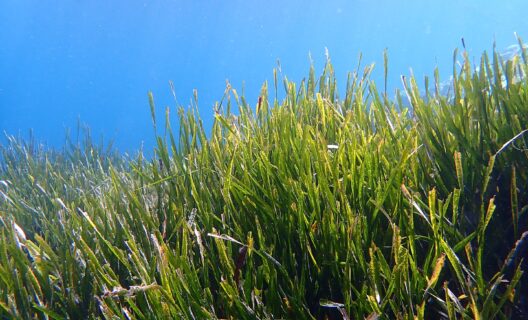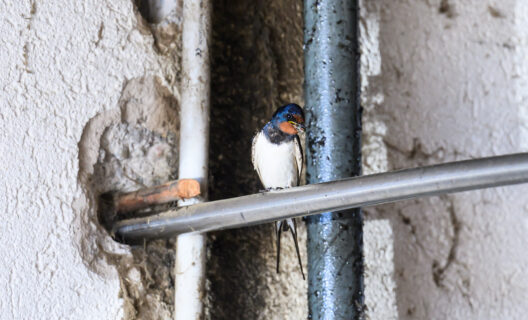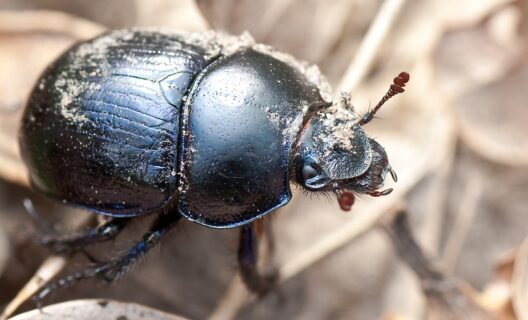
Appia Antica Park, the realm of many
Reading time
0 min
A total of 120 species of spiders have been identified in the green area, testifying to the park’s rich biodiversity
Biodiversity is an asset, and spiders prove it too. Asurvey of terrestrial spiders conducted by Roma Tre University and the University of L’Aquila, and published in Biodiversity Data Journal, found high species diversity in the Appia Antica Regional Park in Rome, which also counts on new records.
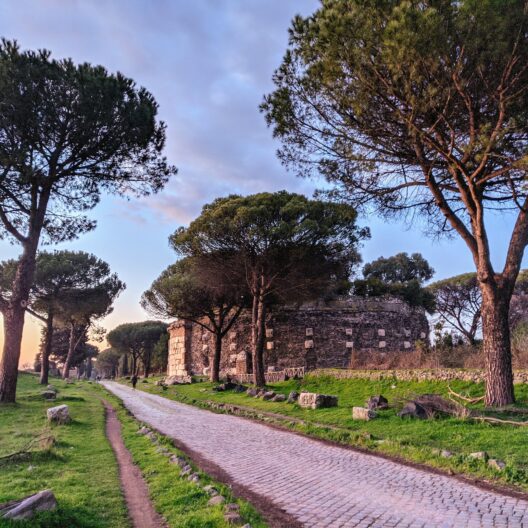
Credit: LuisaV72 – CC SA 4.0LuisaV72 – CC SA 4.0
The sampling technique
To carry out the study, the researchers used 64 drop traps, distributed at nine different sites within the area under consideration. The traps consist of small clear plastic cups: buried with the rim at ground level so that spiders can accidentally fall into them, they are also equipped with a small cover of sloping stones. These are intended to prevent rainwater from entering and to prevent non-target animals, such as small mammals, from getting trapped.
The results of the research
Once the spiders were collected, the researchers identified and classified them according to taxonomic characteristics. They then found a high diversity of species. Despite the urban environment, the study identified as many as 120 species of spiders belonging to 28 families-a significant figure considering that it represents about 37 percent of the species recorded in the entire Province of Rome and 7 percent of the entire Italian territory.
The research also led to the discovery of 70 spider species previously unreported in the Appia Antica Park. Two species, moreover, Pelecopsis digitulus and Palliduphantes arenicola, represent new additions to the Italian fauna-an aspect that underscores the importance of urban green spaces as reservoirs of biodiversity, even for rare or little-known species.
Finally, a positive sign comes from the presence of Italian endemic species, such as Dysdera romana and Centromerus tongiorgii: the confirmation of their presence suggests a good health status of the Appia Antica Park.
The scientists conclude by highlighting the importance of urban green spaces for the conservation of terrestrial spiders, animals that play a key ecological role as predators of insects and other invertebrates. Areas such as the Appia Antica Park can provide refuge habitats for rare or threatened species, contributing to local and regional biodiversity conservation.


